The dark side of coffee that you don't know.
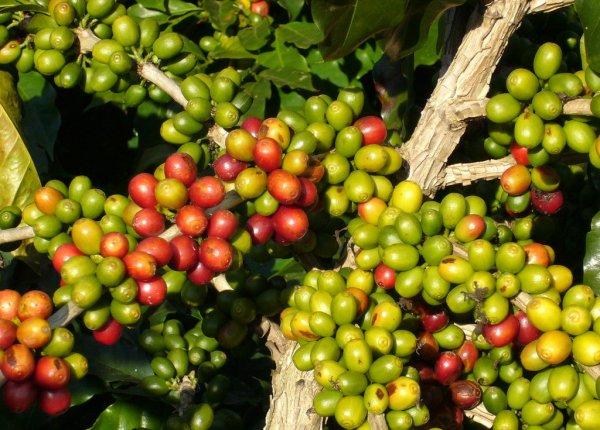
Seemingly humble coffee beans are actually one of the most actively traded commodities in the world. Just look at the coffee consumption statistics in the United States.
According to a 2015 Gallup poll, 64% of Americans drink at least one cup of coffee a day, an average of 2.7 cups a day. The United States imports about 127000 tons of raw coffee beans every year, and the annual per capita consumption of coffee in the United States exceeds 4 kilograms.
For most people, it is necessary to get up early and have a cup of coffee. I (the author of this article) found an interesting and somewhat disturbing phenomenon that everyone who drinks coffee should know about ecology, economics, globalization and finance.
Get out of the shade of the tree
Since the 1970s, many Latin American coffee plantations have been transformed into so-called "technological" production systems. In order to cope with the outbreak of diseases and insect pests, many Brazilian growers began to look for new varieties of coffee trees that were easy to grow.
National and local governments and even aid agencies such as the United States Agency for International Development (USAID) support encouraging farmers to cut down trees and expose coffee trees to direct sunlight. These selected varieties are easier to manage and more resistant to diseases and insect pests, and rarely require the use of chemical fungicides.
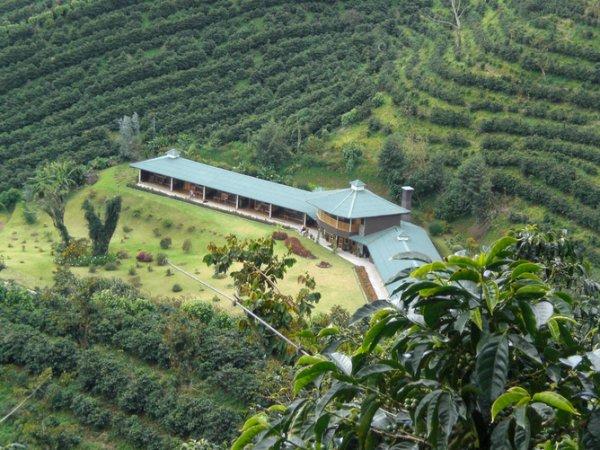
As the demand for coffee increases, coffee is planted on a large scale, and coffee trees grow in a sunny environment, which means less biodiversity and poorer soil.
By the late 1990s, the sun cultivation system (reducing shading) accounted for nearly 70% of Colombia and 40% of Costa Rica.
The yield of these scientific and technological transformed plots is 5 times higher than that of traditional planting methods, but it also brings obvious environmental problems. Of all agro-ecosystems, traditional tree-shaded coffee farms have been shown to have the highest levels of biodiversity, especially for insects and migratory birds.
In addition, recent studies have found that about 140 litres of "virtual water" is used for each cup of coffee, from seeds to cups, which refers to the amount of water used for irrigation, treatment, transportation and consumption. Sunlight planting systems use more water than traditional shade planting systems.
"Virtual water" refers to the amount of water needed in the production of products and services, that is, the virtual water condensed in the products and services.
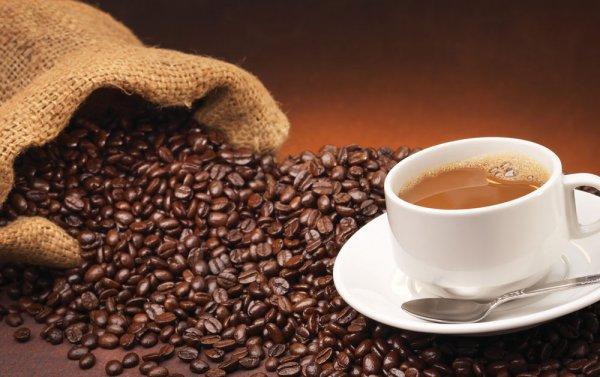
Because of abandoning the original more balanced ecosystem, high-tech coffee needs more chemical pesticides to control pests. These high-tech coffee industries need more chemical fertilizers to make up for the lack of nutrients in the soil. The use of these fertilizers and pesticides can affect soil health and have long-term adverse effects on biodiversity.
Unequal exchange
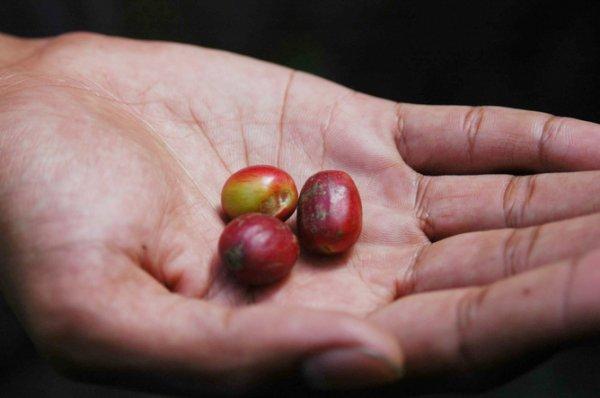
The core technology of coffee production is its agricultural industrialization model, which aggravates exploitation in many ways, which exists between consumers in the northern hemisphere and producers in the southern hemisphere, which is the exploitation of the so-called "first world" to the "third world".
Social scientists have studied this North-South imbalance for more than a century, and it is now redefined by "green" barriers. Developed countries put forward "green footprint" requirements for developing countries. To put it simply, industrialized countries use the ecological carrying capacity of other countries to offset the impact of their own consumption on the environment.
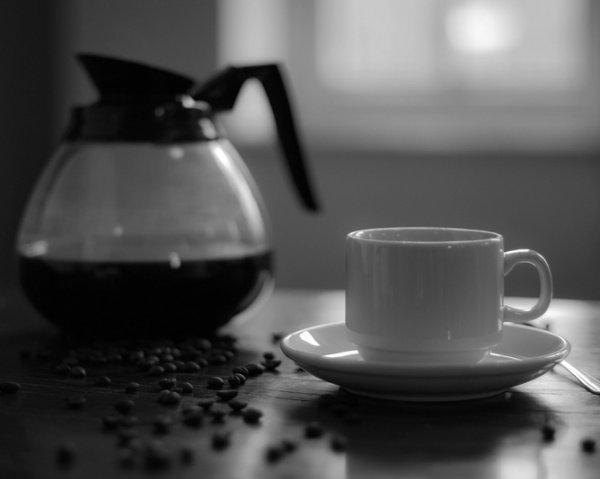
When will consumers be willing to buy more expensive shade coffee or fair trade coffee?
A large number of statistical studies have also confirmed this view. Sociologist James Rice found that the higher the proportion of coffee exports from low-and middle-income countries to the north, and the less domestic resource consumption.
Similarly, his colleague Andrew Jorgenson verified the results and found an interesting phenomenon: from 1975 to 2000, the relationship between importers from the north and exporters from the south became more unequal. More than 1Comp3 of the countries in the Jorgenson study are major coffee producers, including coffee giants such as Colombia and Brazil, as well as Costa Rica, Kenya, Vietnam and Mexico.
Sociologist Kelly Austin recently found that even if export agriculture's dependence on coffee is controlled as a whole, the more a country's GDP depends on coffee exports, the more deforestation will be destroyed, and that agricultural models that rely on coffee cultivation and export are less hungry and less educated than other agricultural production models.
In order to change the highly unequal relationship of coffee trade between the North and the South, social and ecological development also needs diversity.
Is there a better way?
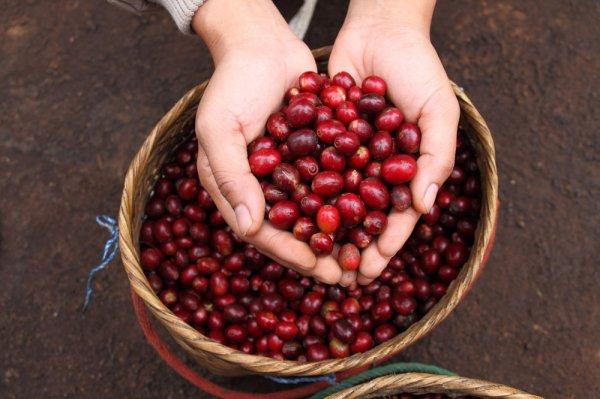
Fortunately, awareness-raising activities have sprung up, allowing consumers to choose fairer coffee.
Fairtrade certification guarantees the basic price of coffee for farmers and requires trade unions or commercial cooperatives to encourage sustainable agricultural practices. Now a new movement, "direct trade", is in vogue, in which buyers send representatives directly to coffee farms to observe their practices in order to establish long-term trade relationships.
All of this will give producers more returns and encourage them to grow better and greener coffee. However, this higher price, which depends on consumer demand and willingness, may soon dry up, and consumers will only be willing to spend more if producers provide higher-quality coffee.
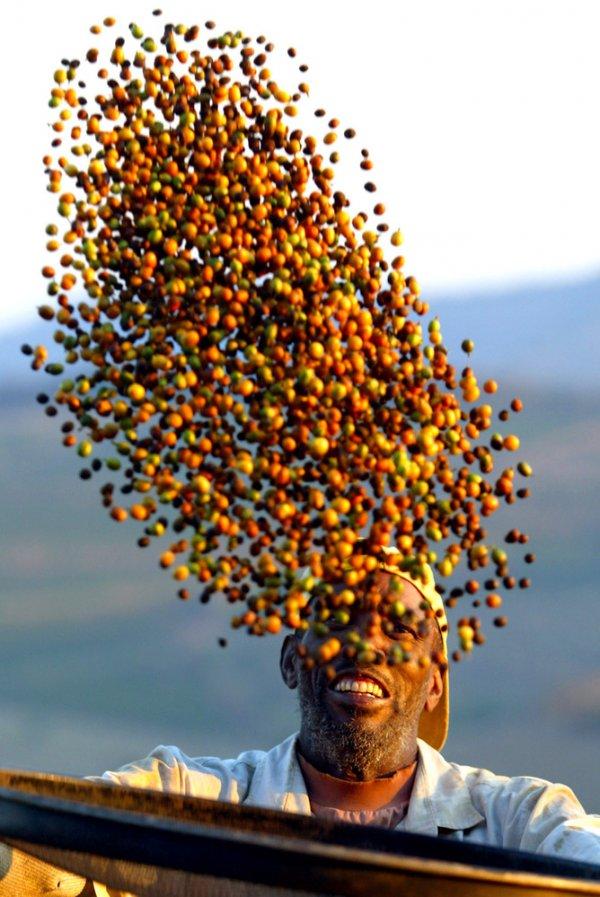
Lasting change will require the joint efforts of the international community and the local economic and political aspects of coffee cultivation. At present, these alternative trading systems are moving in the right direction, and it is very meaningful for industrial social sciences to carry out ecological development reasonably and fairly.
[person-via theconversation]
(source of this article: fried eggs)
Important Notice :
前街咖啡 FrontStreet Coffee has moved to new addredd:
FrontStreet Coffee Address: 315,Donghua East Road,GuangZhou
Tel:020 38364473
- Prev
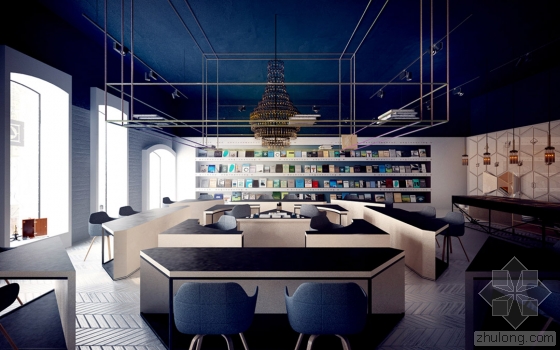
The learning coffee library of science enthusiasts is so handsome that there are no friends!
This learning coffee library in Moldova subverts our casual impression of cafes and is designed to create an environment for acquiring knowledge and attracting young people interested in applied science and Geek full of strange ideas! In order to create a better platform for young people to interact with each other, the public space and the workspace are integrated. Mysterious through Kepler
- Next
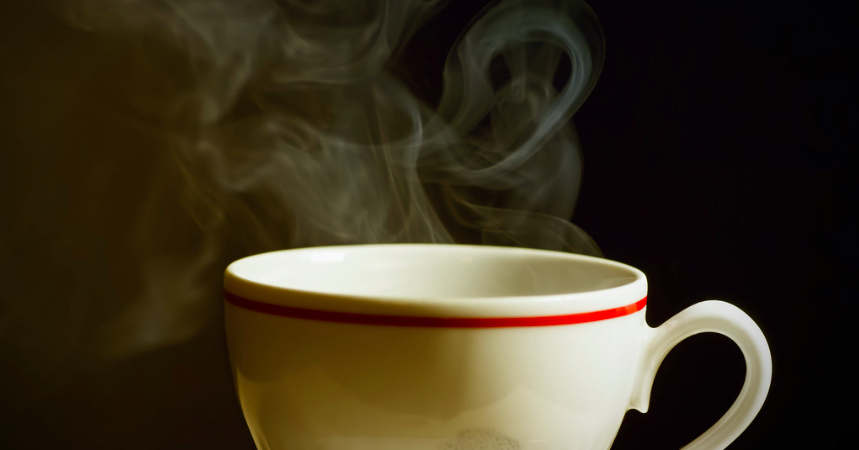
The death of crowdfunding: a "Gong Dou" sample of a crowdfunding startup cafe
Crowdfunding is a double-edged sword: it lowers the threshold for investment, but also increases the complexity of corporate governance. Titanium media note: equity crowdfunding is considered to be an innovation in the entrepreneurial investment and financing mechanism, the company sells a certain proportion of shares to ordinary investors, investors invest in the company to obtain future income, which greatly improves the efficiency of financing. However, the seemingly beautiful equity crowdfunding
Related
- Cudi stores ban other brands of coffee?! Netizen: No problem
- Is it better to make coffee cold or hot? Why is it recommended to drink hot coffee?
- Lucky people collapsed! The store ceiling is full of AI surveillance cameras?!
- Law Enforcement Bureau? Mixue Ice City enters Zhengzhou BRT platform!
- Heavy! Nestlé has been exposed to consider selling blue bottle coffee!
- Compensation of 270 million yuan! Starbucks has been charged with violating labor laws more than 500,000 times!
- What are Xizhao coffee beans? Why did they become champion beans? How to rush to the manor on the dividing line in Colombia?
- What does channel effect mean in coffee? Why are there holes in the coffee powder cake?
- How much do you add to the milk for latte, Australian white and cappuccino? What is the ratio of coffee to milk between latte and frill?
- What is the cause of coffee astringency? Why does the brewed coffee feel astringent?

